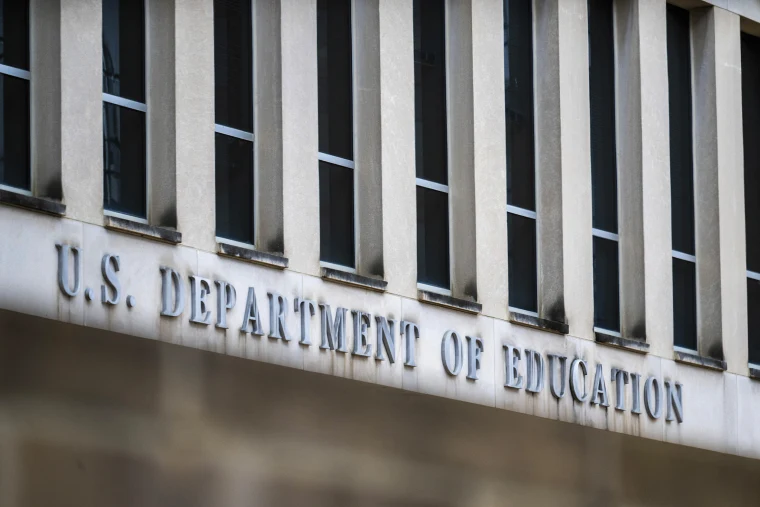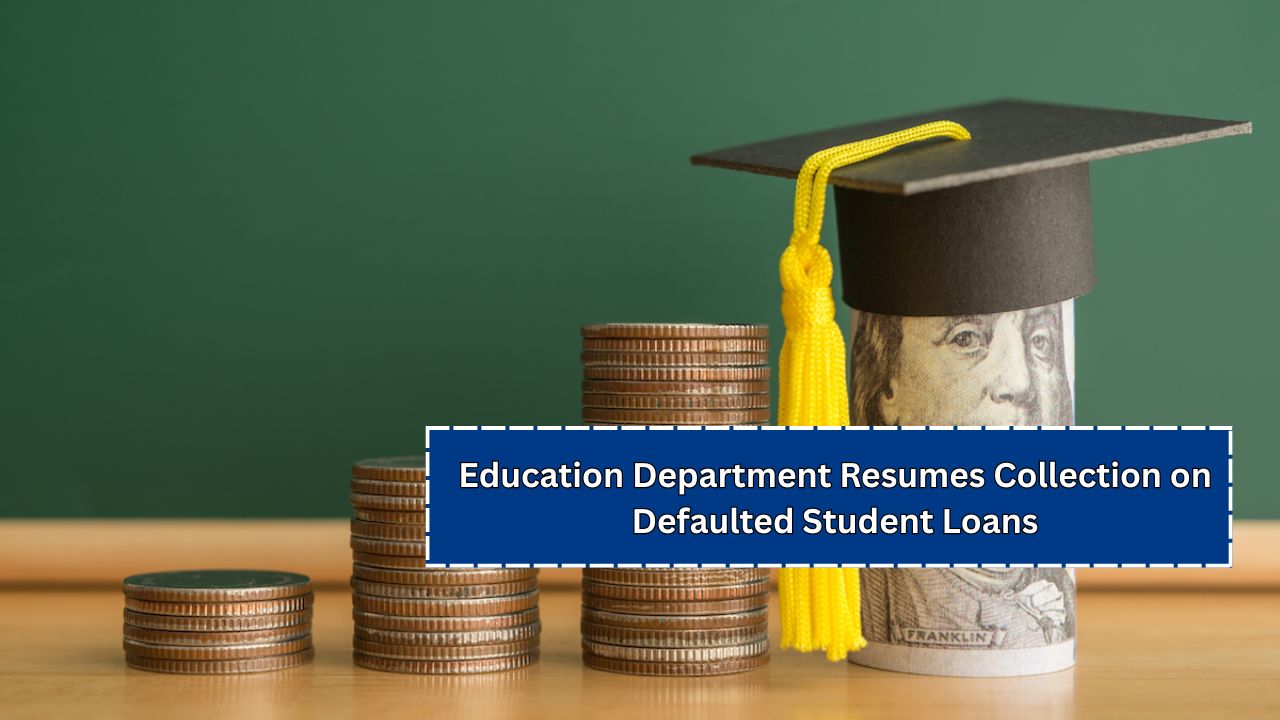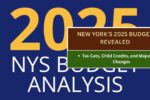After more than four years of suspension due to the COVID-19 pandemic, the Education Department has restarted the process of sending defaulted student loans to collections as of May 5.
Description
This decision impacts about 5.3 million borrowers who have defaulted on their federal student loans. These individuals now face serious repercussions, such as wage garnishment, intercepted tax refunds, and the seizure of Social Security benefits. The Biden administration had extended the collections pause multiple times since it was first introduced in March 2020, but it officially ended last October.
“I wanted to throw up because I already live paycheck to paycheck,” said Kat Hanchon, 33, in a report by the Associated Press. Hanchon, who has nearly $85,000 in student loan debt from her undergraduate and graduate studies and works in higher education IT, said she’s been struggling to keep up, even under an income-driven repayment plan. She hasn’t made any payments since late last year.
The department plans to begin sending out notices soon, alerting borrowers to upcoming collection efforts. These actions will start through the Treasury Department’s offset program on May 5.
Understanding Default and What Happens Next
A student loan enters delinquency when a borrower misses payments for 90 days. After 270 days of missed payments, the loan officially defaults. Once in default, a borrower’s credit takes a hit, and aggressive collection tactics begin.
The Education Department urges borrowers to verify their loan status at studentaid.gov and ensure their contact details are current so they don’t miss important updates.

Paths Out of Default
Borrowers have several ways to recover:
- Loan rehabilitation: Requires nine consecutive on-time monthly payments to return loans to good standing.
- Income-driven repayment plans: Adjust monthly payments based on earnings and household size.
- Forbearance: Available for borrowers who are delinquent, though not yet in default.
Experts recommend acting without delay. “Loan rehabilitation is a strong option, but it can only be done once,” said Betsy Mayotte of The Institute for Student Loan Advisors.
Looking Ahead
With collections resuming immediately, millions of borrowers could experience financial distress unless they act quickly. Reviewing repayment and rehabilitation options now can help them avoid the most severe outcomes.
This article has been carefully fact-checked by our editorial team to ensure accuracy and eliminate any misleading information. We are committed to maintaining the highest standards of integrity in our content.

Outside of work, he enjoys playing chess, following cricket, and writing short stories. His commitment to integrity and in-depth analysis strengthens OTE News’ mission of providing trustworthy journalism.




